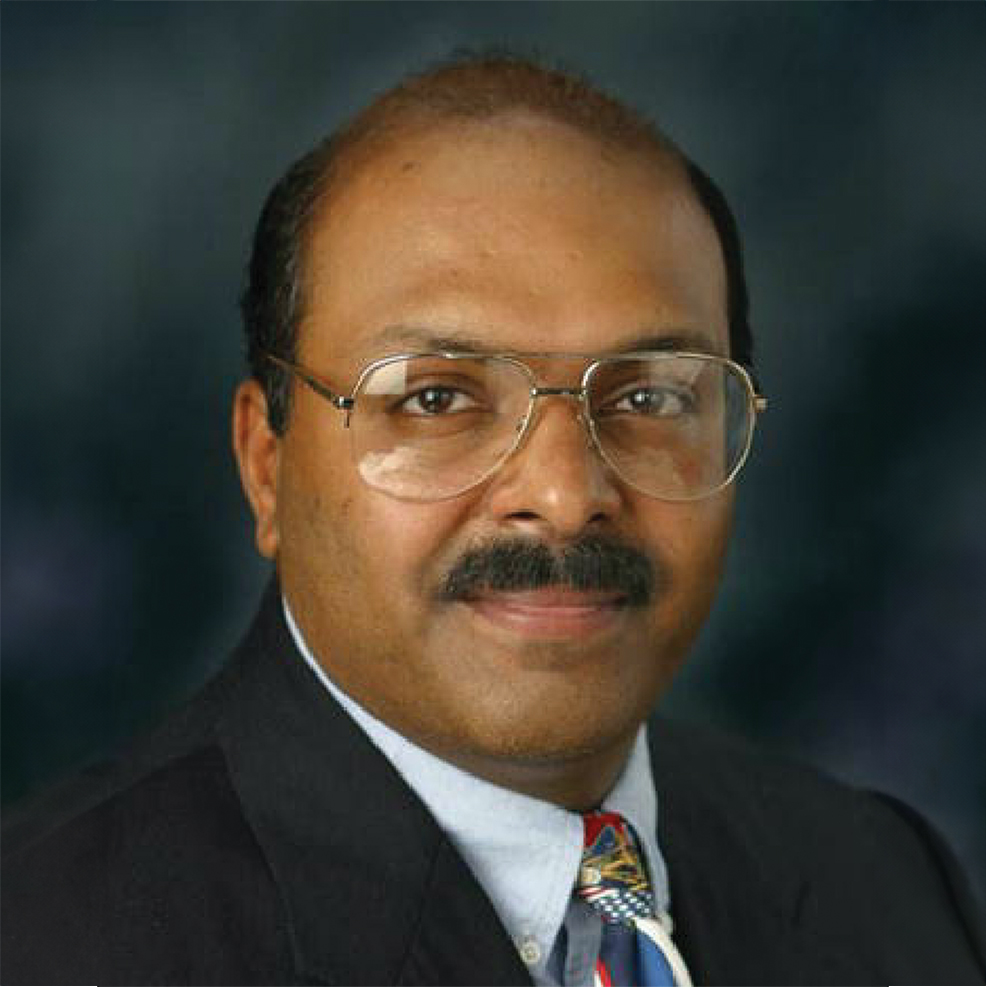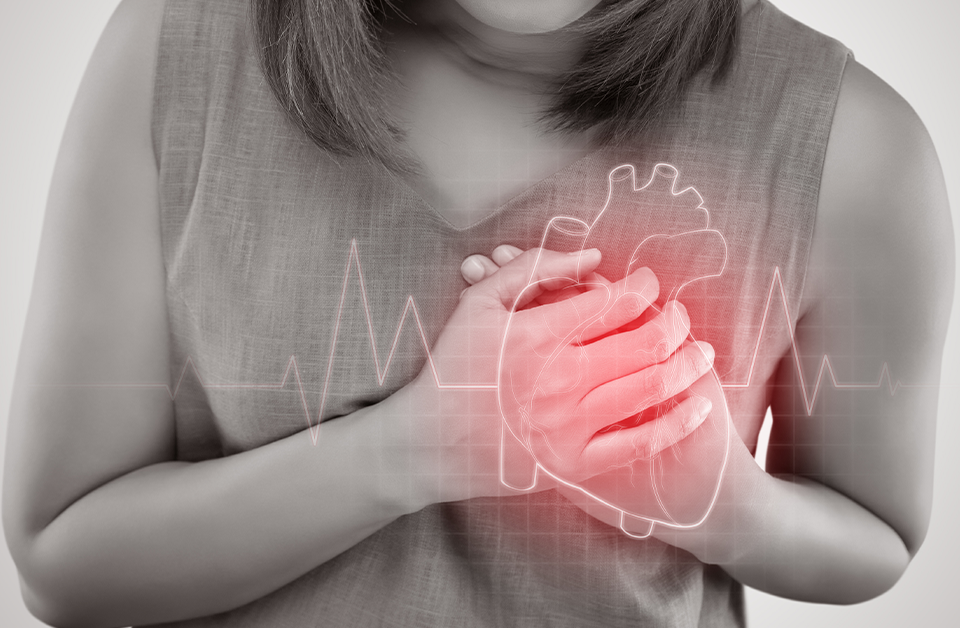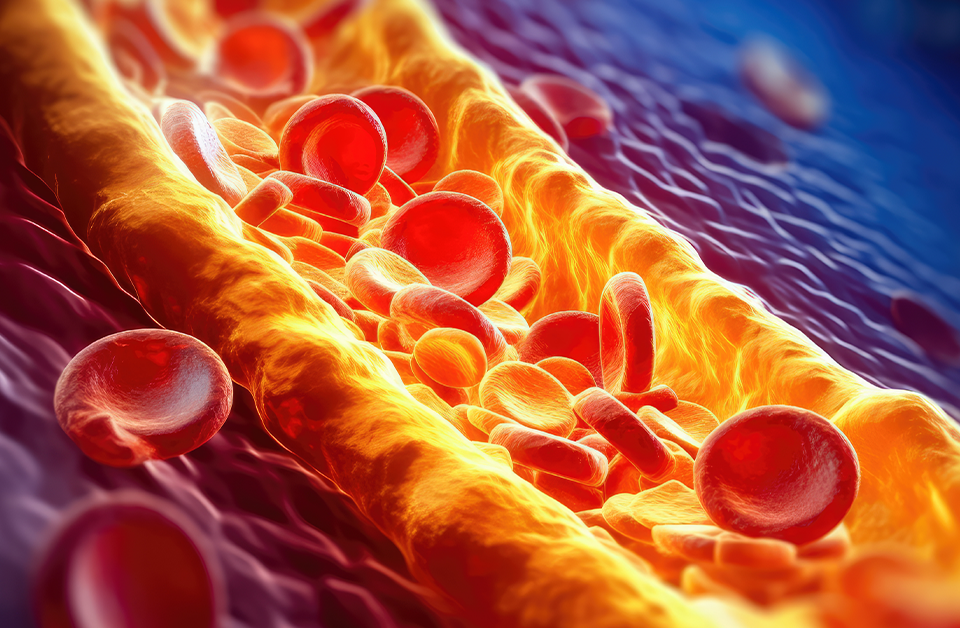Heart disease is America’s leading killer, causing more than 690,000 fatalities annually – about one out of four deaths.
That’s according to Thomas Mathews, MD, FACC, a fellowship-trained interventional cardiologist at St. Luke Heart Institute in Brooksville.
Dr. Mathews is board-certified in cardiovascular disease and interventional cardiology. He performs most interventional cardiology procedures in a dedicated suite at the institute.
“The term heart disease encompasses multiple disorders, including hypertension, heart failure, heart valve disease, cardiomyopathy, stroke, arrythmia and cardiac arrest,” Dr. Mathews elaborates. “But the most common type of heart disease is coronary artery disease, or CAD.”
The coronary arteries are blood vessels that wrap around the outside of the heart and supply it with oxygen-enriched blood and nutrients. With CAD, the coronary arteries become narrowed by a buildup of plaque, which is made up of cholesterol, fat and other substances suspended in the blood.
The process of plaque buildup in blood vessels is called atherosclerosis.
“Atherosclerosis occurs over many years, and patients typically experience no symptoms while it’s happening,” Dr. Mathews observes. “But as the coronary arteries become increasingly narrow, people may notice symptoms such as pressure or tightness in the chest — called angina — shortness of breath and fatigue.
“The buildup of plaque in the coronary arteries can eventually block blood flow to the heart, leading to a heart attack, which can be fatal in some people. Fortunately, results of that nature can often be avoided through education, testing and treatment, ultimately preventing death and extending life, as well as improving quality of life.”
Key Indicator
Dr. Mathews begins his evaluation of symptomatic patients by performing an electrocardiogram, also called an ECG or EKG, which records the heart’s electrical activity. If something is awry on the ECG, Dr. Mathews will order additional testing, including a cardiac stress test and an echocardiogram.
A cardiac stress test monitors heart rhythm, blood pressure and breathing while the patient exercises. An echocardiogram, or echo, uses ultrasound waves to create moving pictures of the heart. These tests provide valuable information about heart function.
Recently, a new diagnostic technology became available and is being used at St. Luke Heart Institute. It is an echocardiogram for left ventricle, or LV, strain. It’s main advantage over other diagnostic tests is that it can reveal certain heart problems early on.
“The LV strain is an advanced type of software-driven, three-dimensional echocardiography that assesses the function of the left ventricle, the heart chamber that pumps blood out to the rest of the body,” Dr. Mathews describes. “An issue with left ventricular function is a key indicator of heart disease, mainly heart failure, which is the inability of the heart to pump enough blood to meet the body’s needs.
“The LV strain examines the heart with ultrasound and creates 3D images. It enables us to visualize the way the heart contracts and measure the timing of those contractions. Using the test results, we can often predict which patients are going to go into heart failure before they actually do.”
Being aware of this potential, patients can take steps to prevent the progression into heart failure or mitigate its effects if their heart has already failed. These steps include quitting smoking, eating a healthy diet rich in fruits and vegetables, moderating alcohol consumption, maintaining a healthy weight and exercising regularly.
Those steps are also recommended to prevent CAD or prevent it from getting worse. When an interventional treatment is necessary, St. Luke Heart Institute offers a pair of quick, minimally invasive techniques to break up the plaque blocking the coronary arteries and restore blood flow to the heart.
One therapy is laser angioplasty.
“During laser angioplasty, we insert a small catheter through an IV in the groin and thread it through the circulatory system to the heart,” Dr. Mathews explains. “First, we create images of the plaque with a camera inserted into the catheter. The technique is called intravascular ultrasound. We then use a laser to vaporize the blockage in the blood vessel.
“The laser breaks up the plaque into very minute particles, about the size of blood cells. Those tiny particles travel through the bloodstream to the liver, which processes and ultimately eliminates them from the body.”
The second technique is called shockwave therapy. This new technology is also employed by Dr. Mathews at St. Luke Heart Institute, where shockwaves are used to destroy plaque and open blockages.
“This advanced technology is just like that used to break up kidney stones,” Dr. Mathews educates. “High-frequency ultrasound is directed at the blockage, and it pulverizes the calcified plaque into tiny particles that are then eliminated by the body. This technique is also performed through a catheter inserted into the groin.
“After both procedures, we often open the narrowed arteries by inflating a small balloon that is fed into the artery through the catheter. We then place stents to hold the arteries open.”
Laser angioplasty and shockwave therapy are performed on an outpatient basis at St. Luke Heart Institute.
PAD Can Be Bad
Atherosclerosis can also occur in blood vessels outside of the heart, most commonly in the legs. This condition is called peripheral artery disease, or PAD. The symptoms of PAD, including painful muscle cramps when walking or exercising — called claudication — are indicators of poor circulation or blockages in the legs.
If left untreated, poor circulation can restrict blood flow to the legs and lead to severe consequences.
“If a leg fails to receive sufficient oxygen from blood due to blockages, a condition called critical limb ischemia may develop, and the patient can lose a toe or even an entire leg to amputation,” Dr. Mathews warns. “That is extremely serious because 50 percent of people who undergo amputations die within two to three years of their surgery. That’s significant mortality.”
Many people attribute the cramping in their legs to “getting old” and pay little attention to it, Dr. Mathews notes.
“Most of the time, however, the cause is a physical problem such as an artery narrowed by plaque buildup,” the doctor says. “The problem may also be their veins. Sometimes, when veins are not functioning properly, they experience symptoms such as swelling, achiness, heaviness and cramps. We can fix those problems and improve the patient’s quality of life.”
As with CAD, the blockages in the leg arteries from PAD can be treated with laser angioplasty and shockwave therapy.
“In 99 percent of cases, we can use these techniques to eliminate the plaque and restore blood flow,” Dr. Mathews asserts. “In only 1 percent of cases are these procedures not enough to correct the problem. In those cases, we must refer the patients for bypass surgery. But our goal is to avoid bypass surgery for the heart and legs.
“By diagnosing and treating heart disease and PAD early on, we can often extend patients’ lives by 10 or 20 years and improve their quality of life in those years. That is our ultimate goal.”









